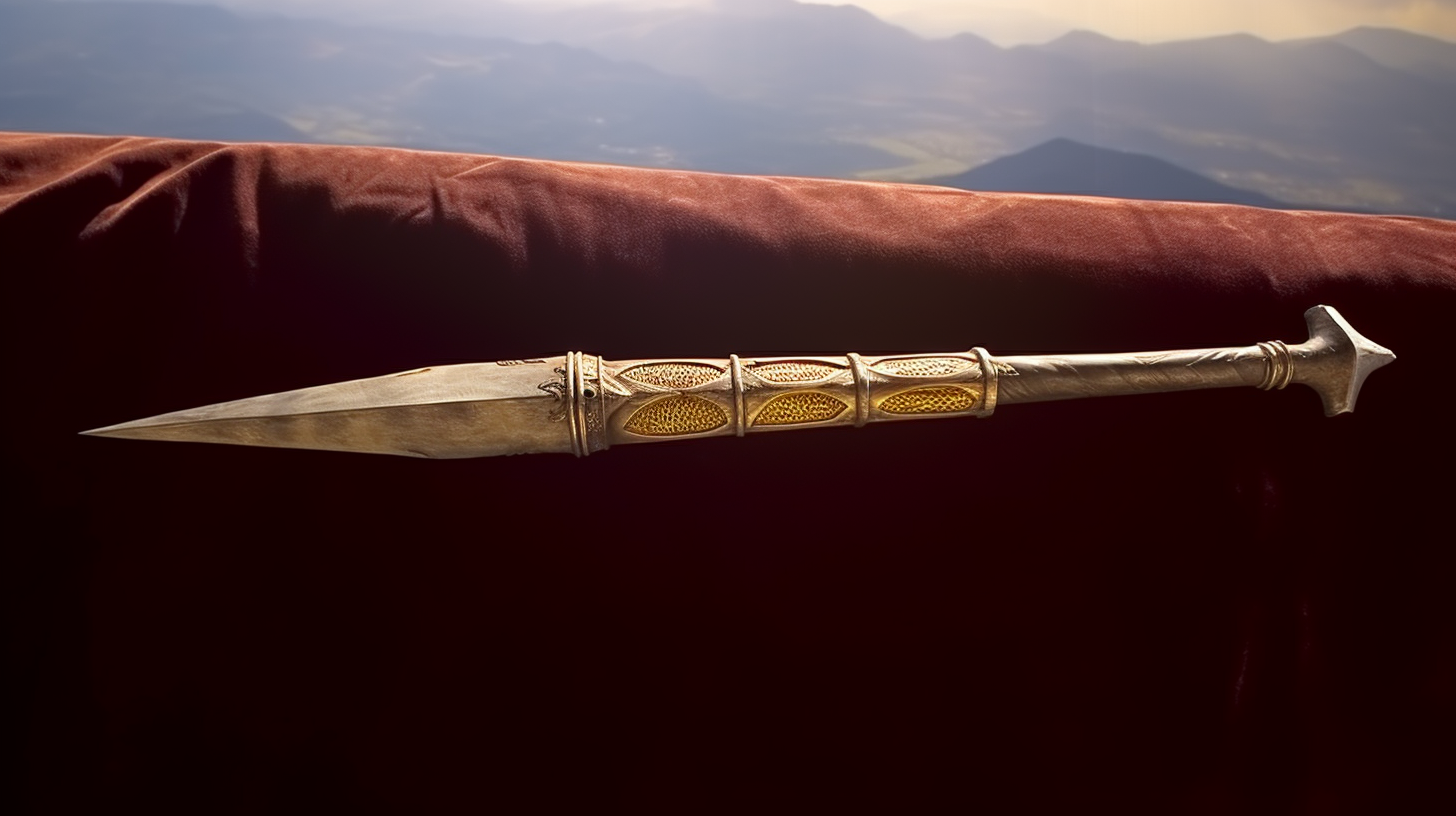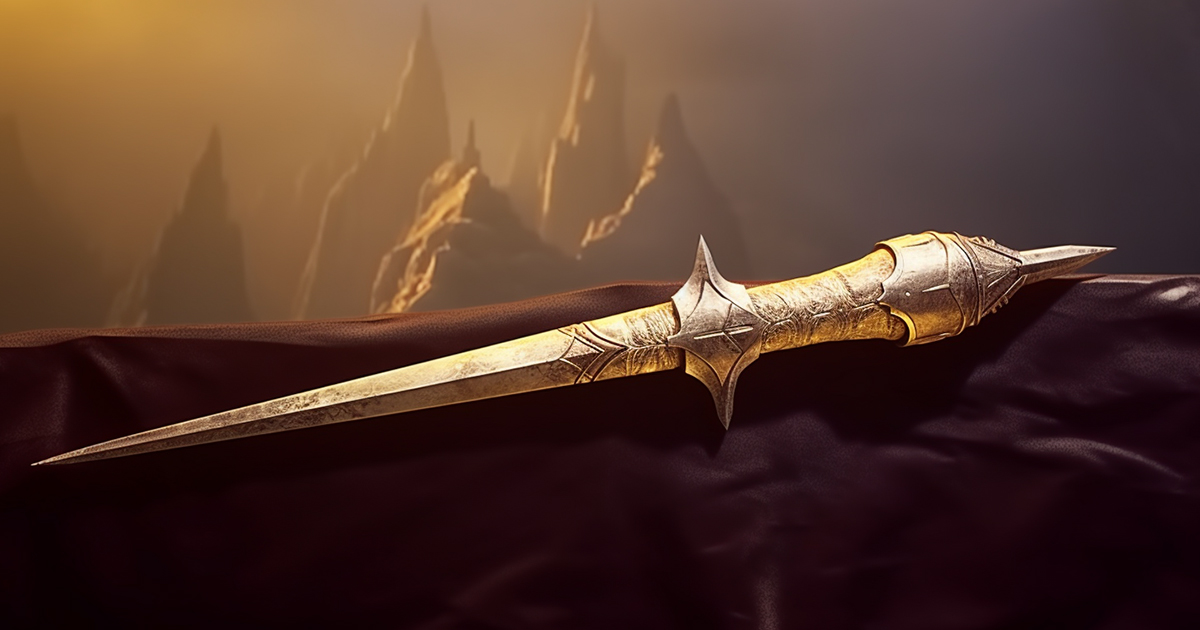In the annals of history, there are tales of artifacts with the power to change the course of nations, to shape the destinies of rulers and armies. These objects are often shrouded in mystery and cloaked in legend, and one such enigmatic relic is the subject of our exploration today.
While the pages of the Old Testament are replete with accounts of sacred relics like the menorah and the Ark of the Covenant, the New Testament also mentions a revered object—an unassuming spear.
This spear is said to have been wielded by a Roman soldier during the crucifixion of Jesus Christ. Its origin, as recounted in the Gospel of John, is intertwined with a story that has captivated the imaginations of believers for centuries.
Picture this: Jesus hangs on the cross, and the Romans are eager to ascertain whether he has truly breathed his last breath. Pressure mounts to bring him down and lay him to rest. In this moment of tension, a Roman soldier steps forward.
Tradition has it that his name was Longinus. He is tasked with the grave responsibility of ensuring that Jesus is indeed dead. His orders: to pierce the side of the crucified man.

Longinus, however, is said to have been afflicted with a vision impairment, either blindness or nearsightedness. As the spear enters Jesus’s side, a miraculous event occurs—the blood and water that flow out land on Longinus’s eyes, instantly restoring his sight. In the realm of Christian belief, this transformation is nothing short of divine.
The ordinary spear that touched Jesus became something extraordinary, something sacred. It became known as the Holy Lance or the Spear of Destiny.
For those who subscribe to this belief, the Spear of Destiny holds immense power. It is believed to have pierced the body of Christ, making it a vessel of divine energy.
After all, the logic goes, one cannot come into contact with the holy and remain unchanged. Legend has it that possession of this sacred relic renders one invincible. It’s a notion that has lured a succession of leaders through history, each vying to claim the Spear for themselves.
One such leader was Charlemagne, the formidable 8th-century French King who carved a swath of victory across Europe. Charlemagne, also known as Charles the Great, carried the Spear of Destiny into no less than 47 victorious campaigns.

His conquests extended far and wide, from France and Germany to the regions that are now Slovakia and Hungary. On Christmas Day in the year 800, Charlemagne’s power culminated when he was crowned as the emperor of the West by the Pope. Many believed that the Spear of Destiny was the key to his relentless success.
Yet, the legend of the Spear comes with a peculiar caveat—one that implies a heavy toll for its extraordinary powers. It is said that if the Spear is dropped, lost, or even if one steps away from it, all victories achieved with it become as naught.
This ominous prophecy reportedly came true when Charlemagne, in the heat of battle, dropped the Spear. The outcome? He suffered a devastating defeat, despite his string of previous triumphs.
Today, the Spear of Destiny rests in the hallowed halls of the hofbrick Museum in Vienna. It is an object of fascination for tourists and historians alike. The question that lingers is whether this seemingly unassuming artifact truly held the power to sway the fate of nations. Over centuries, across diverse cultures, humanity’s unwavering belief in the Spear’s extraordinary power persists.
Video:
As we ponder the persistence of this belief, we are reminded of the enduring allure of legends that intertwine victories, defeats, and miracles. The Spear of Destiny may never yield its secrets entirely, but its enduring mystique continues to beckon us to explore the intersections of faith, history, and the enigmatic relics that shape our world.

17 thoughts on “The Mysterious Spear That Shaped History”
Comments are closed.